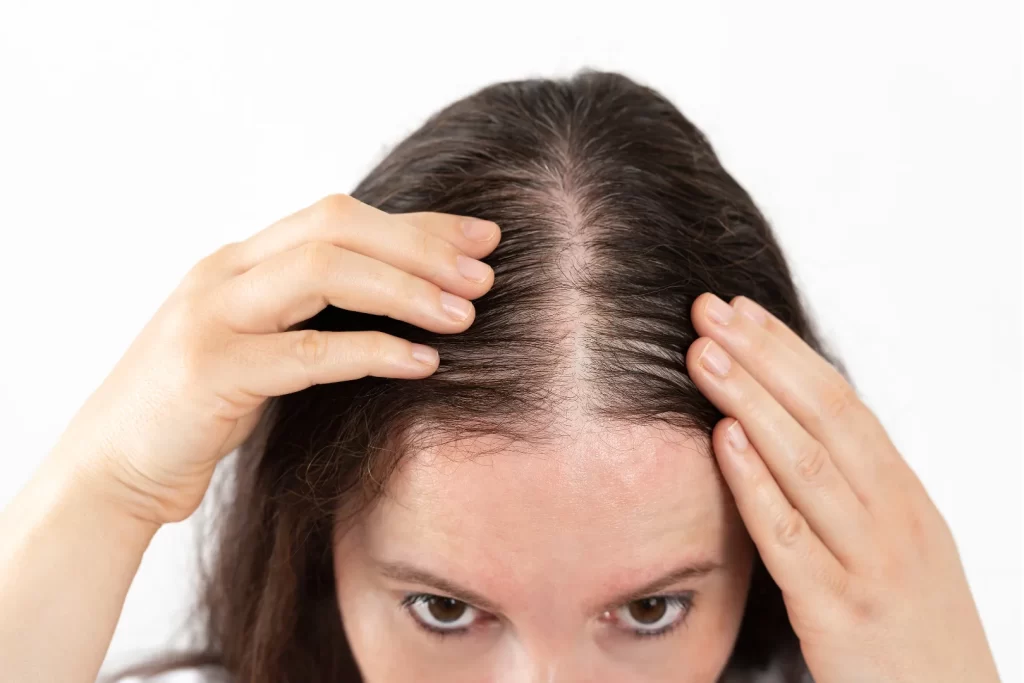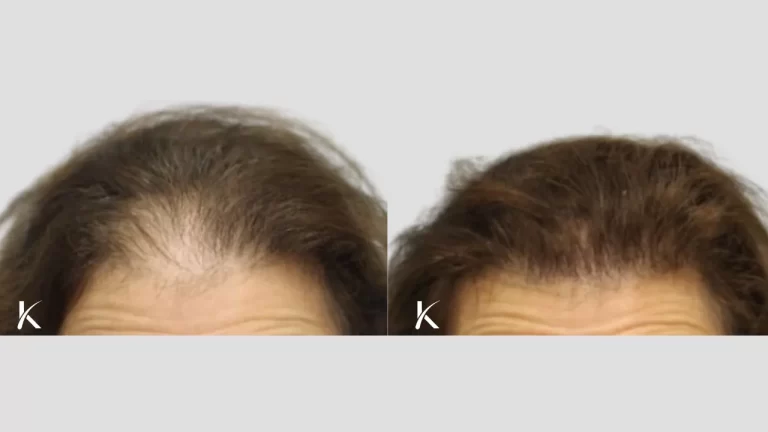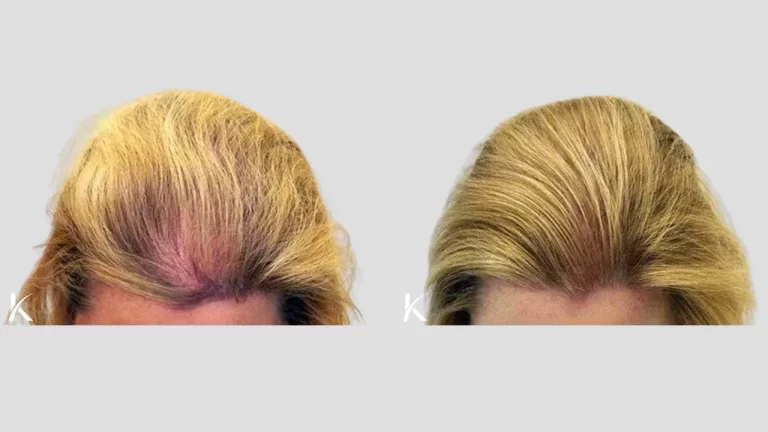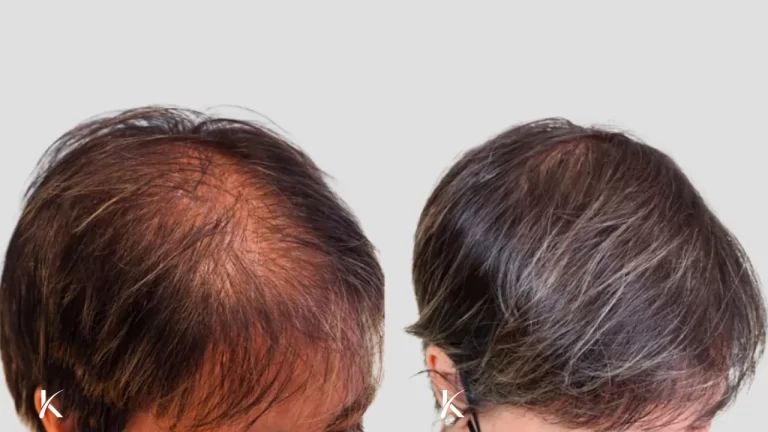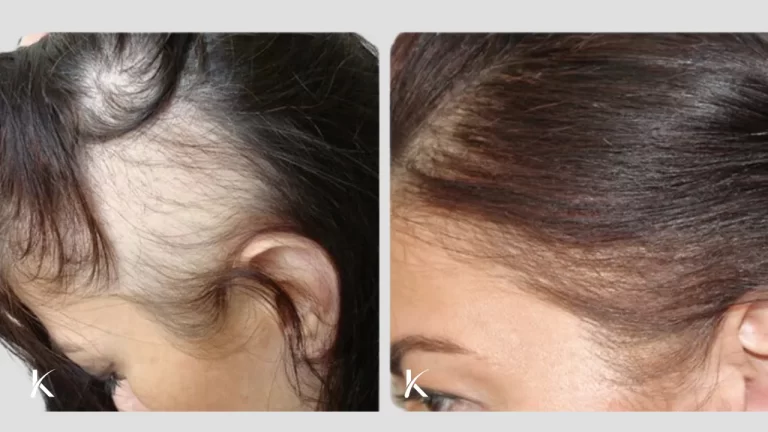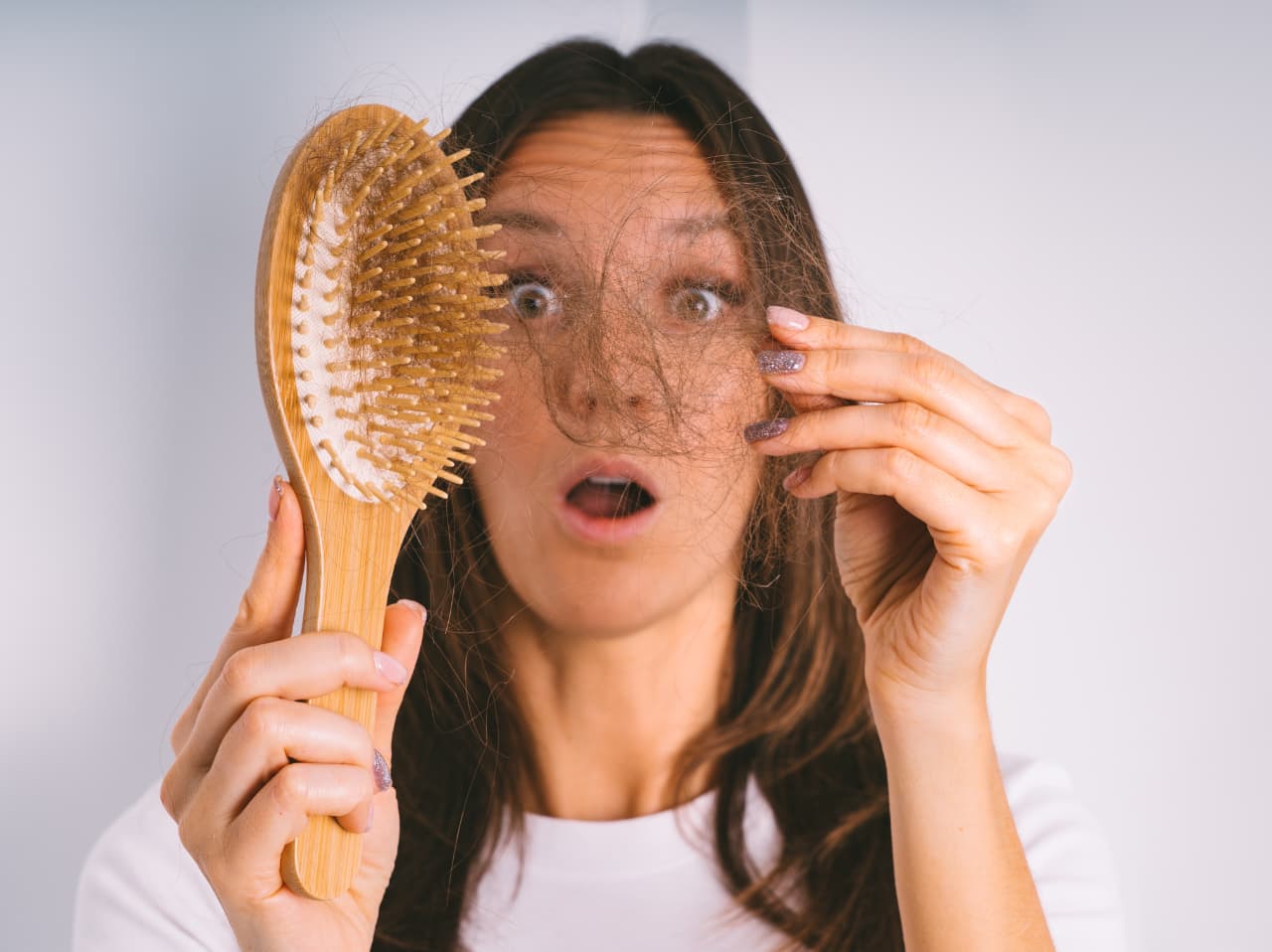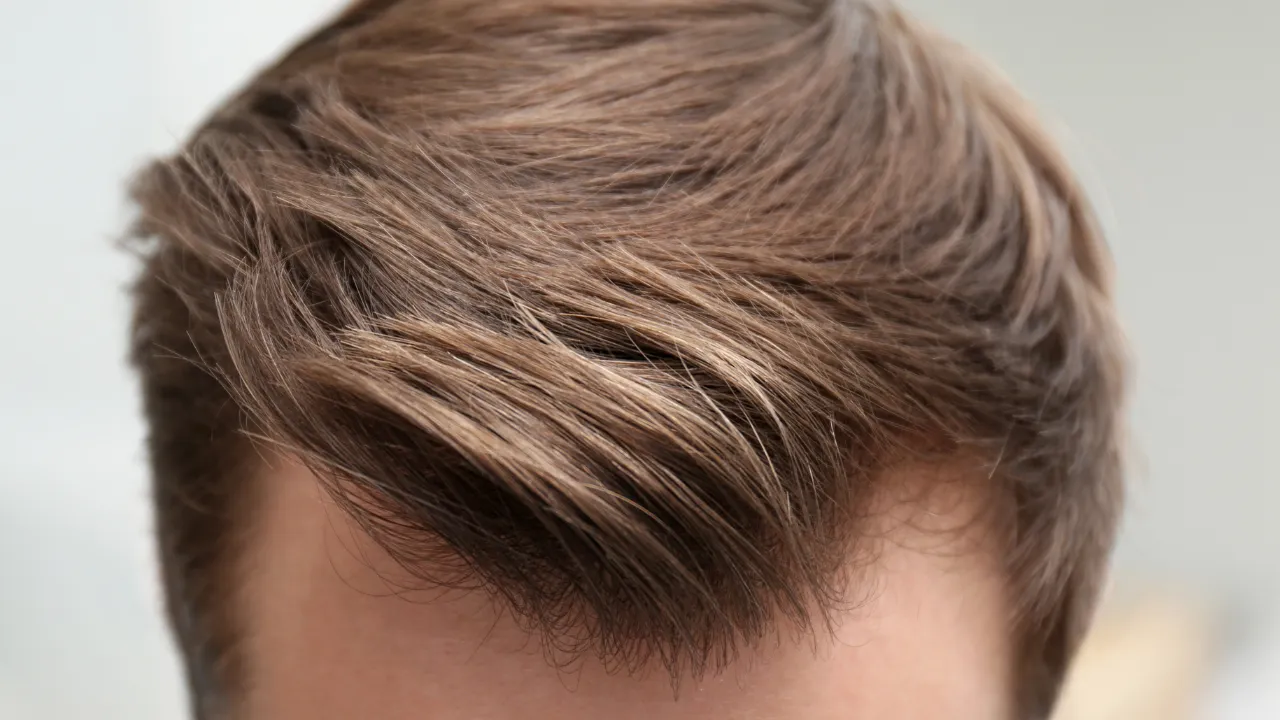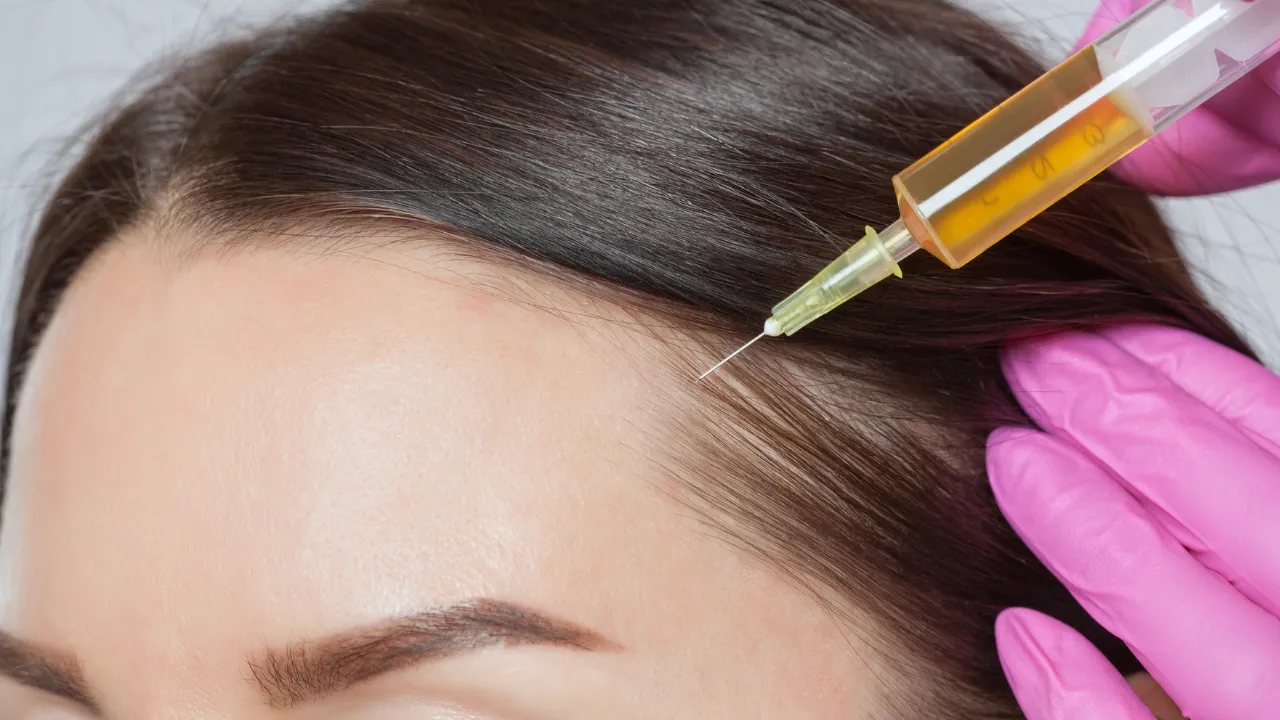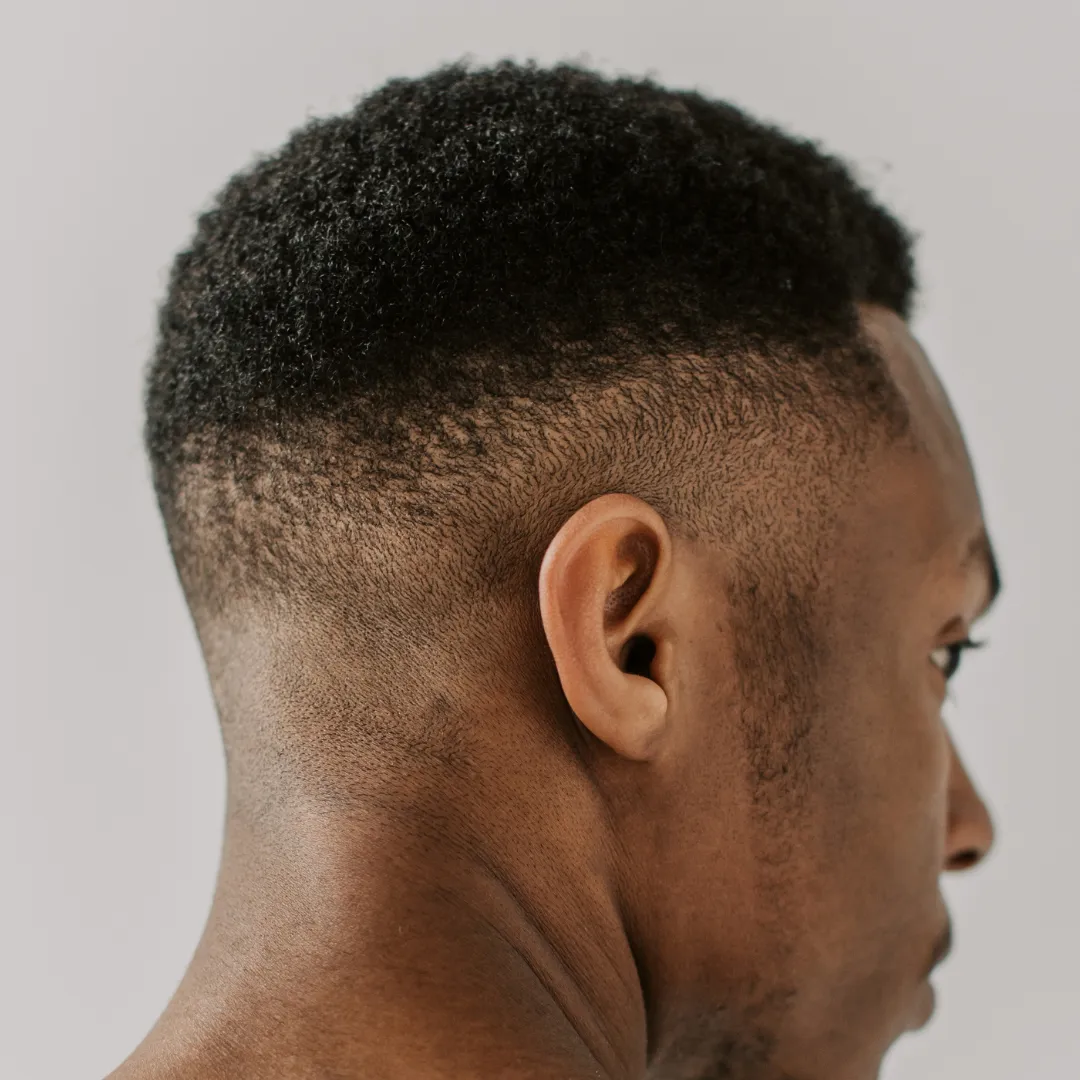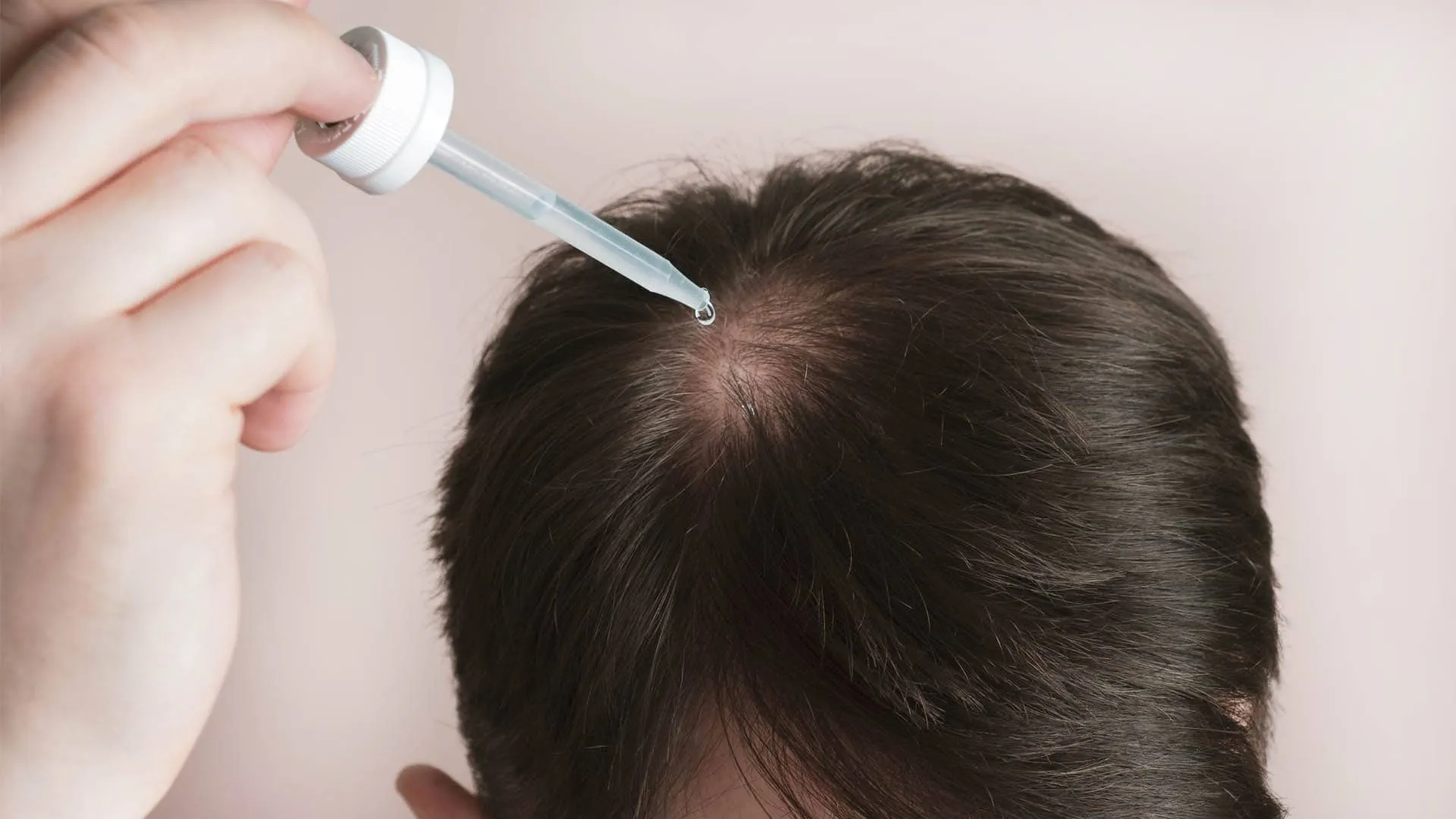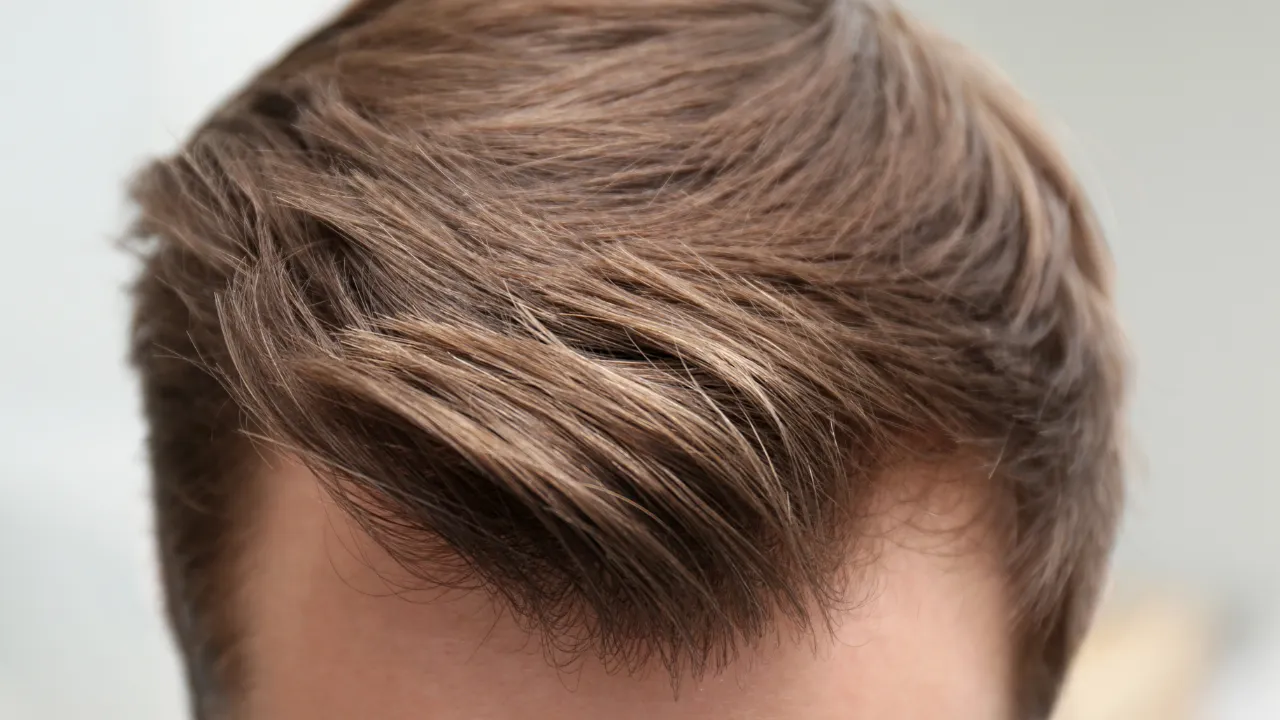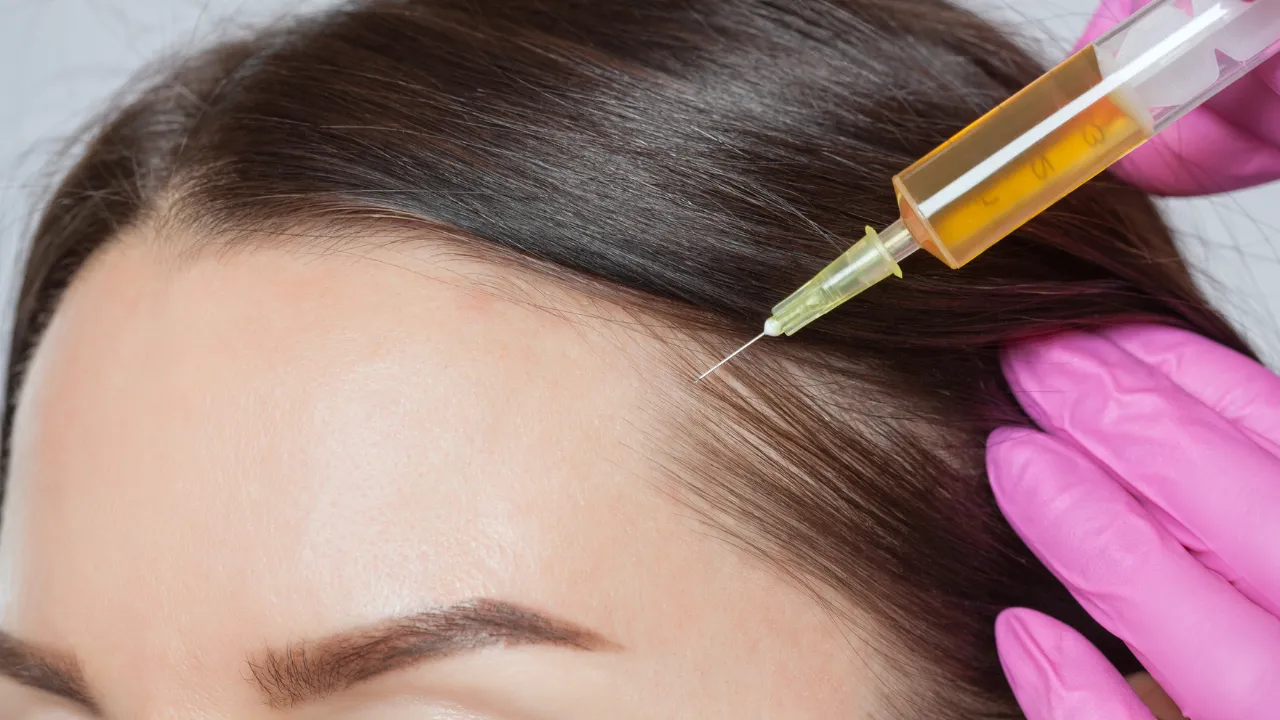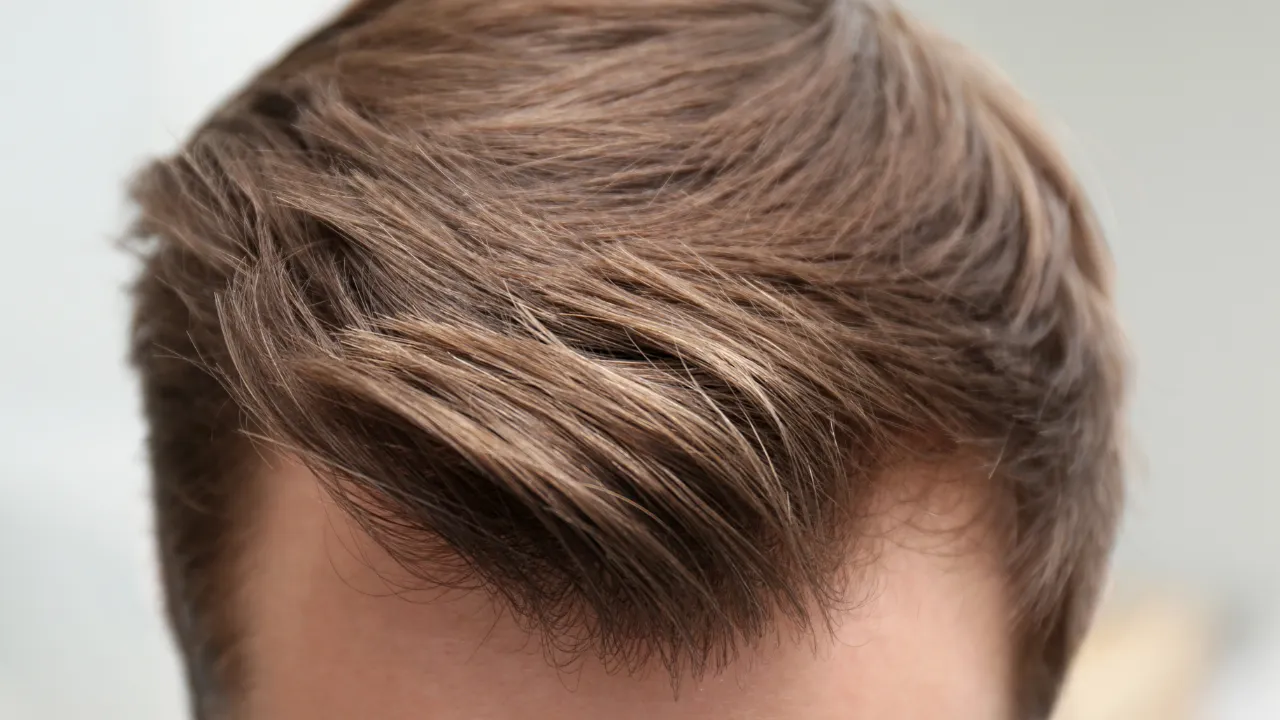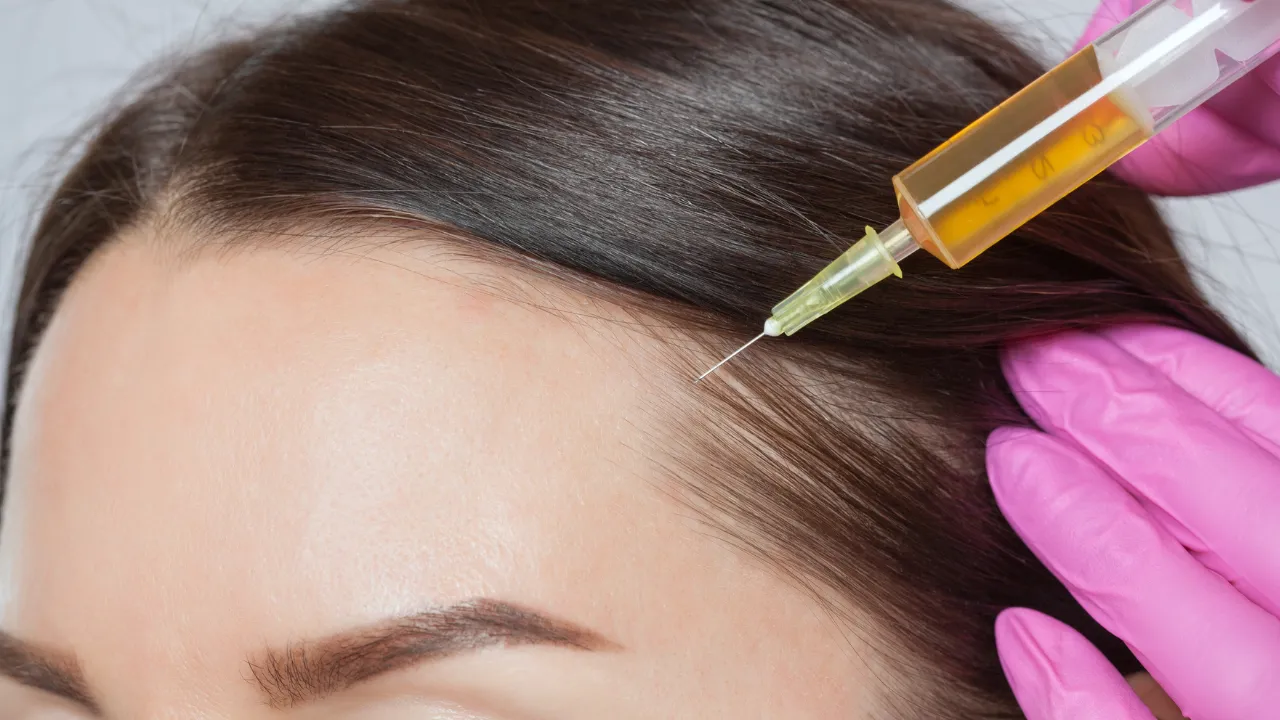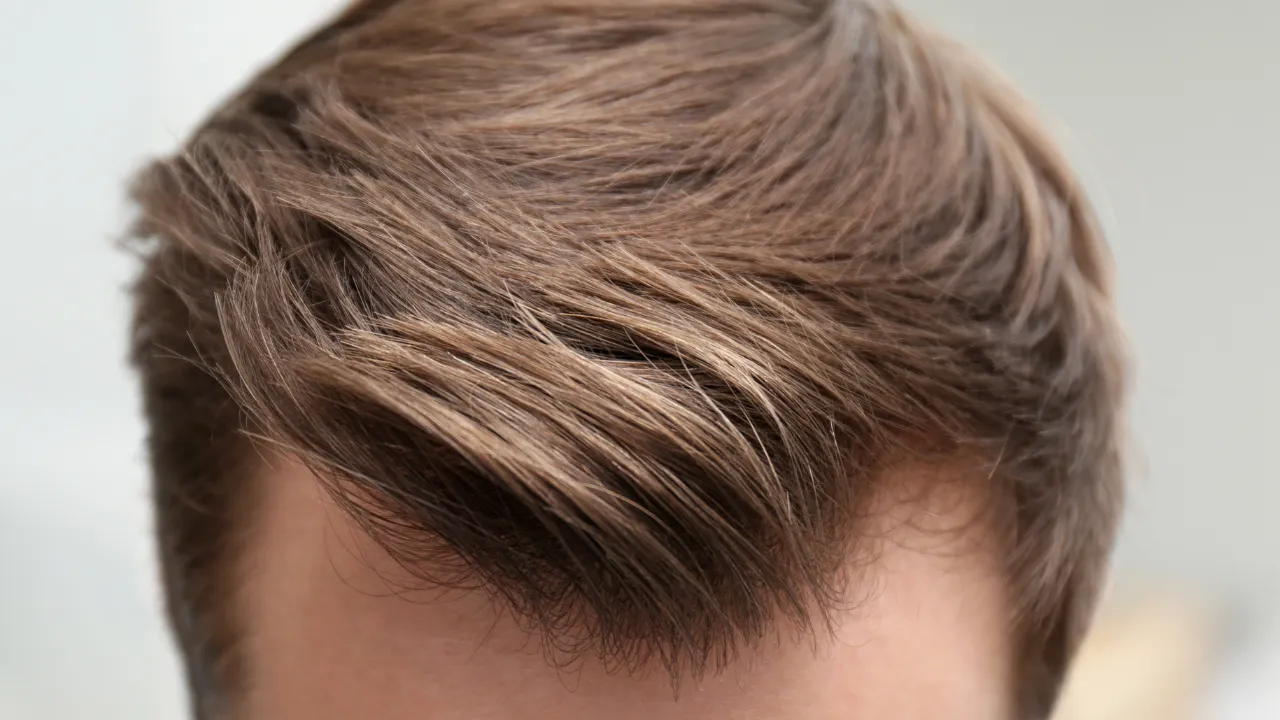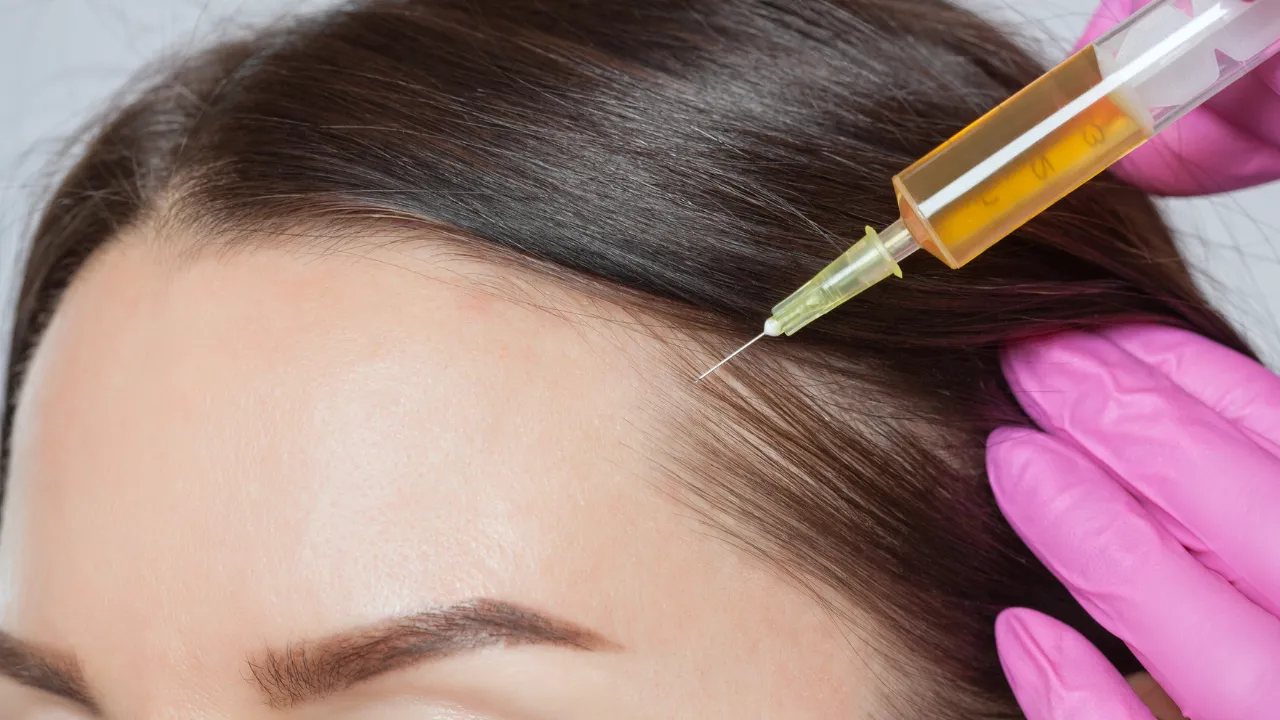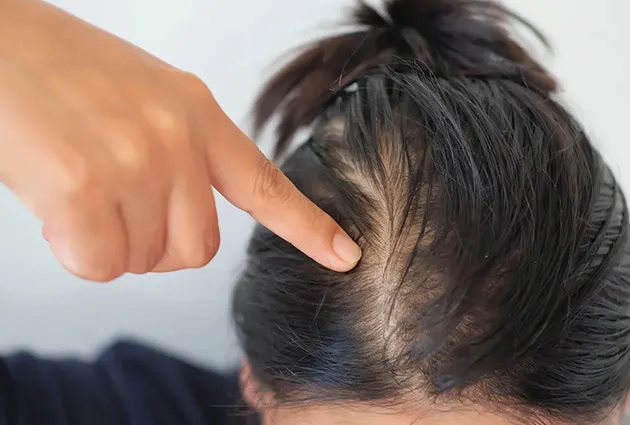Table of Contents
ToggleA hair transplant with fine hair presents unique challenges, but with the right expertise, it can be successful.
At Kopelman Hair, Dr. Kopelman applies advanced techniques to ensure optimal results, even for individuals with delicate or thinning hair. Understanding the key factors will help you decide if this procedure is right.
A hair transplant with fine hair presents unique challenges, but with the right expertise, it can be successful.
Understanding Fine & Thin Hair
Fine Hair vs Thin Hair
What’s the Difference?
Fine hair and thin hair are often confused, but they refer to different characteristics.
Fine hair describes the diameter of each strand—meaning it’s naturally thinner and softer than coarse hair.
Thinning hair, on the other hand, relates to hair density, meaning fewer follicles per square inch of the scalp.
While some people have fine and thin hair, others may have fine hair with normal density.
Can a Fine Hair Transplant Work?
Yes, a hair transplant for thinning hair can work, but results depend on several factors.
The procedure’s success relies on the quality of donor hair, the technique used, and the surgeon’s expertise.
Fine hair may not provide the same level of density as thicker strands, but with proper placement and high precision, natural coverage can still be achieved.
Types of Hair Transplant Procedures for Fine Hair
Which Works Best for Fine Hair?
When considering a hair transplant for fine hair, choosing the right technique can make a significant difference in how natural and dense the results appear.
There are different types of hair transplant techniques available, but two of the most effective are Follicular Unit Extraction (FUE) and Follicular Unit Transplantation (FUT).
- FUE Hair Transplant: Ideal for thin hair hair transplant procedures. This method extracts individual hair follicles and transplants them strategically to mimic natural growth patterns. It’s ideal for fine hair because it allows precise placement to maximize coverage.
- FUT (Follicular Unit Transplantation): This technique removes a strip of scalp from the donor site, then separates it into hair follicles for implantation. While it provides a larger graft yield, the linear scar may be more noticeable in individuals with fine hair.
When choosing a hair transplant for thin hair, the right technique is critical.
What Hair Is Not Suitable for a Transplant?
Not all hair types are ideal for transplantation. Patients with severe diffuse thinning, where both the donor and recipient areas lack density, may not achieve optimal results.
Similarly, those with weak donor hair (miniaturized follicles or excessive shedding) may not have enough viable grafts for transplantation.
A consultation with Dr. Kopelman can determine if you’re a good candidate.
Hair Transplants for Men and Women with Fine Hair
How Female Hair Loss Affects Transplants
Women experiencing hair loss often have a diffuse thinning pattern, unlike men, who typically develop receding hairlines or bald spots.
This makes hair transplant surgery more complex for female patients with fine hair. However, with a personalized treatment plan, effective solutions are available.
For men and women, DHI (Direct Hair Implantation) and FUE are often recommended to ensure maximum density and a natural-looking result.
Since female hair loss is usually spread across the scalp, careful selection of strong donor follicles is essential.
Hair Transplant Results: What to Expect
Growth Timeline & Recovery
Hair transplant results don’t appear overnight. Patients can expect the following growth timeline:
- First 2-3 Weeks: Transplanted hair sheds—this is normal and temporary.
- 3-4 Months: New hair begins to emerge, though still thin.
- 6-9 Months: Noticeable thickening occurs as hair continues to grow.
- 12-18 Months: Final results are visible, with fuller density and natural coverage.
A frequent concern is: “Hair transplant new hear is thin—is that bad?” Not at all. Early hair often grows in finer, but gains strength and volume over months.
Before & After: What to Expect
Fine-haired patients should set realistic expectations. While a transplant won’t change hair thickness, proper distribution can create the illusion of density.
Many fine hair transplant patients experience a visible improvement in hairline definition and overall scalp coverage after surgery.
Want to see real results? Visit our Before & After Gallery for female and male hair transplant procedures to explore successful hair transplants performed by Dr. Kopelman. See how expert techniques can transform fine hair into a fuller, natural-looking head of hair.
Hair Transplant 20 Years Later: Does It Last?
How to Maintain Your Results
Patients often ask: How long does a hair transplant last? A hair transplant is a long-term solution, but results depend on how well the hair is maintained.
Over time, natural aging, genetics, and lifestyle choices can impact the remaining hair. Here’s how to extend the longevity of your transplant:
- Use Medical Treatments: Minoxidil and finasteride can help preserve native hair.
- Follow a Healthy Diet: Nutrients like biotin, iron, and vitamin D support hair growth.
- Avoid Excessive Heat & Chemical Treatments: Fine hair is more prone to damage, so gentle care is essential.
With proper post-transplant care, results can last 10-20 years or longer. Periodic maintenance treatments can further enhance long-term success.
Before & After Results
Don’t expect your thin hair to suddenly become thick. A thin hair transplant before and after comparison will show that results depend more on smart distribution than strand size.
Patients often gain noticeable improvements in hairline and overall appearance.
Hair Transplant Cost & Value
A fine hair hair transplant can work, but results depend on several factors influence the hair transplant price, including:
- Number of Grafts Needed: More grafts = higher cost.
- Technique Used: A FUE hair transplant is typically more expensive than FUT due to its labor-intensive process.
- Surgeon’s Expertise: A highly skilled specialist like Dr. Kopelman ensures the best results, making the investment worthwhile.
- Location & Clinic Reputation: Established hair restoration clinics in major cities often have higher pricing due to demand and quality of care.
- A typical FUE hair transplant ranges between $15,000 and $25,000, depending on the number of grafts and the complexity of the procedure. While this may seem like a significant investment, the long-term benefits of a permanent solution far outweigh the ongoing costs of temporary treatments.
A hair transplant for thin hair it’s a permanent investment compared to temporary fixes.
Comparing Costs vs. Alternatives
While a hair transplant is an investment, it’s a permanent solution compared to temporary fixes like:
- Scalp Micropigmentation (SMP): Creates the illusion of density, but requires touch-ups.
- PRP Therapy (Platelet-Rich Plasma): Stimulates growth but works best for early-stage hair loss.
- Hair Systems/Wigs: Provide immediate coverage but need ongoing maintenance.
Side Effects & Risks of Hair Transplants
Like any surgical procedure, hair transplants have potential side effects. Some common ones include:
- Temporary Swelling or Redness: Usually subsides within a few days.
- Shock Loss: Temporary shedding before new hair begins growing.
- Itching or Discomfort: Managed with prescribed medications.
With proper aftercare, most side effects resolve quickly, and patients can expect successful results.
Who May Not Be a Candidate?
Patients with severe thinning across both donor and recipient areas may not see ideal results.
Also, if new hair is thin after growth due to weak follicles, the results may be limited.
A personalized evaluation can determine the best approach.
Alternatives to a Thin Hair Transplant
Scalp Micropigmentation
SMP is a non-surgical option that adds pigment to the scalp, mimicking natural follicles. This technique is ideal for enhancing density in fine-haired individuals who aren’t candidates for transplants.
Medical & Topical Treatments
- Minoxidil (Rogaine): Improves hair growth by increasing blood flow to follicles.
- Low-Level Laser Therapy (LLLT): Stimulates hair follicles and strengthens existing strands.
- DHT Blockers (Finasteride): Helps prevent hormonal hair loss in men.
Choosing the Best Solution for You
Why a Consultation Matters
Every patient’s hair is different. A personalized consultation with Dr. Kopelman ensures that you receive the most effective treatment plan based on your hair type, goals, and medical history.
Whether you choose a hair transplant, PRP therapy, or a non-surgical alternative, expert guidance is essential for achieving the best results.
Working with an experienced surgeon helps you avoid the risk of a bad hair transplant, which can lead to unnatural results or visible scarring.
Men and Women with Fine or Thin Hair
A hair transplant thin hair strategy requires careful planning. Men often experience localized hair loss. Women usually face diffuse thinning. This makes thin hair transplant before and after comparisons important to set expectations.
DHI and FUE work well for both, but selecting strong donor hairs is key for a hair transplant with thin hair.
Final Thoughts
A hair transplant fine hair procedure is possible, but success depends on factors like donor hair quality, surgical technique, and post-transplant care.
At Kopelman Hair, Dr. Kopelman uses the latest advancements in hair restoration and provides detailed guidance on hair transplant recovery to ensure natural-looking results, even for fine-haired individuals.
If you’re ready to restore a fuller head of hair and regain confidence, schedule a personalized consultation with Dr. Kopelman today.
During your visit, he will assess your thinning area, discuss the best treatment options, and ensure that every surgeon removes and places hair grafts with precision for optimal results.


